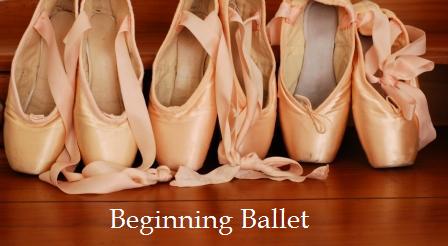So we all know the only real way to get down your splits is to stretch (OUCH!). But it doesn't have to be as bad as you may think. I've come up with a few tircks and tips to make the splits a lot easier to do, with less of the pain. *You won't get your splits JUST with these methods. You gotta stretch so it hurts too :)*
TIP #1: Take a Shower.
No, not because you're dirty! Taking a shower with hot water warms up your muscles, making them more flexible before you stretch. It loosens them up. If you stretch after taking a shower, you'll find it's a lot easier to get down farther into your splits.
TIP #2: Do some Jumping-Jacks.
Or any physical activity that will get your heart pumping. Dance wild around your room, run around the block, have a pillow fight with your younger brother... anything! This method also loosens up your muscles by warming them up. You NEVER want to stretch on cold muscles, it's not as effective, and not to mention it hurts a lot more!
TIP #3: Do This:

This is a quad stretch. It's not very painful, but will help your splits a lot. So many stretches focus on the leg thats forward in the splits (toe touches, heel in hand, etc.) but you can't forget about the leg facing back too! This will help you get farther down in your splits by getting that quad muscle looser.
TIP #4: Watch TV.
Okay, okay, so maybe I'm being a little vague. Just watching TV won't get you into your splits. But if you watch TV while stretching, you are distracted from the pain and don't get bored. Holding your splits is much easier to do while watching Spongebob re-runs!
TIP #5: Stretch at Night.
Do you ever notice how when you first wake up in the morning, you feel super tight and un-flexible? That's because when you sleep you stay in generally the same position and your muscles get stiff. But after a day's worth of activity, your muscles are loose and ready to do splits!
TIP #6: Wear Socks.
Wearing socks while pressing down into your splits will help your feet slide out farther. Plus they're cozy! Bare feet don't slide as well, and neither do ballet shoes. Socks help you reach your whole potential.
TIP #7: The more the merrier!
Doing a split everyday hurts less than doing one once a week. The more you do it, the easier it becomes. If you stretch every night you don't give your musclees a big chance to tighten up again, so even if it hurts because your sore you'll make much more progress and won't hurt as much from being tight.
TIP #8: Take Breaks Every so Often.
If you have a week off of school and are going on vacation, don't stretch for the week. If you're tired and need to take a week off, do it. You'll come back feeling better because you won't be sore anymore (or
as sore!). It's important to take breaks every once in a while, but "once in a while" is a key word-- don't take breaks every other week!
TIP #9: Over-Splits.
If you're really struggling getting down those last few inches, try over-splits. Yes, these will hurt but they're a pretty clever trick for getting down your splits. Just go into your splits with elevate on leg on top of a book or two (a textbook works well). After you've done your oversplit, try going into your reular split again. SHAZAM! Suddenly you can do it! Over-splits are like magic for those last few inches.
An Example of an Over-Split:
 TIP #10:
TIP #10: Make a Friend Before Class.
If you have some free time before class starts, ask someone to stretch with you. You'll be loose for class and will dance better. You'll also impress the teacher with your flexibility. Not to mention, it's a great way to make a friend!







 This is a quad stretch. It's not very painful, but will help your splits a lot. So many stretches focus on the leg thats forward in the splits (toe touches, heel in hand, etc.) but you can't forget about the leg facing back too! This will help you get farther down in your splits by getting that quad muscle looser.
This is a quad stretch. It's not very painful, but will help your splits a lot. So many stretches focus on the leg thats forward in the splits (toe touches, heel in hand, etc.) but you can't forget about the leg facing back too! This will help you get farther down in your splits by getting that quad muscle looser.


